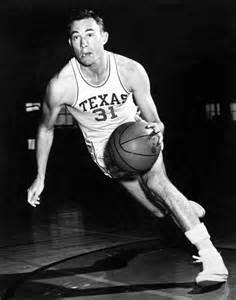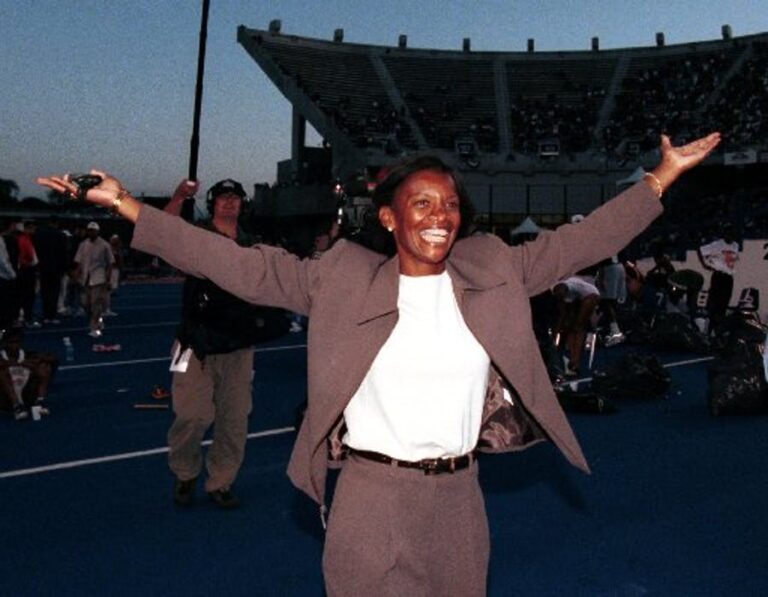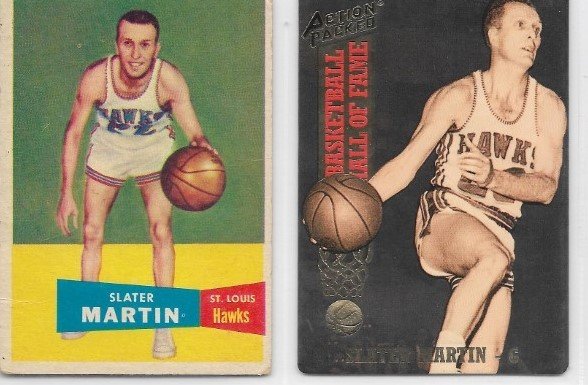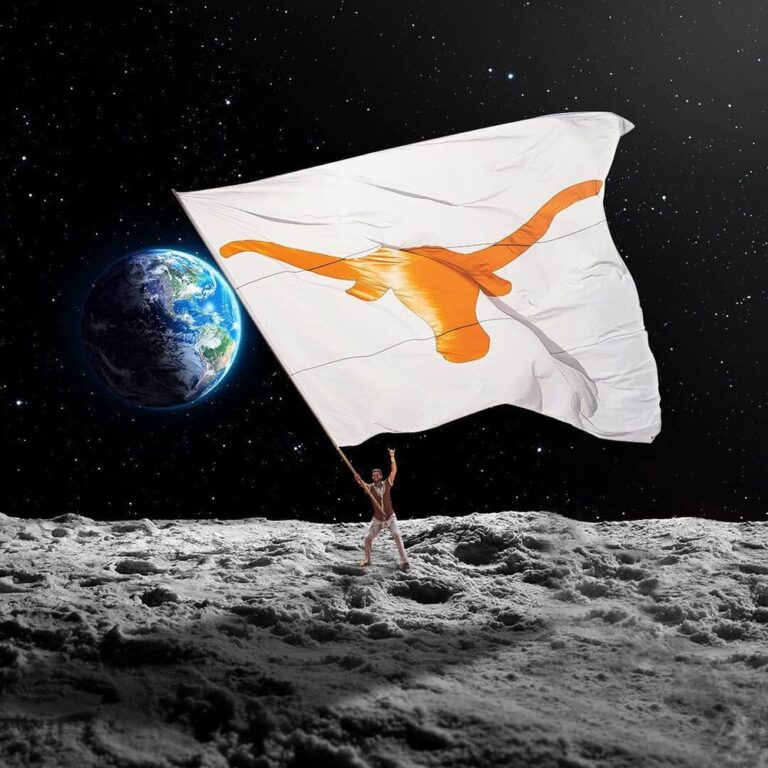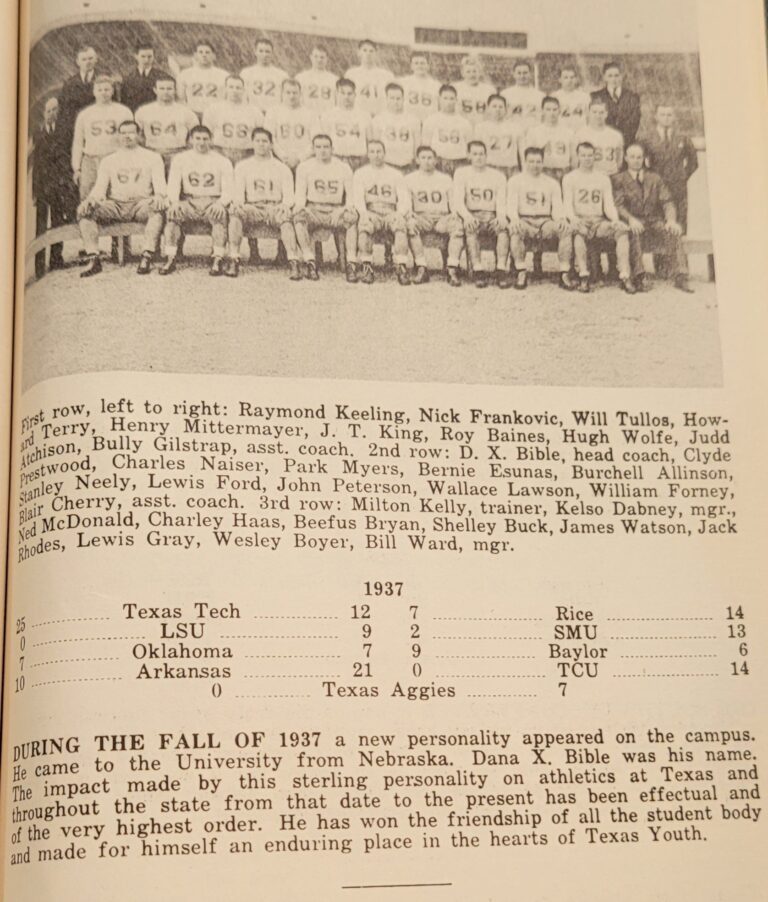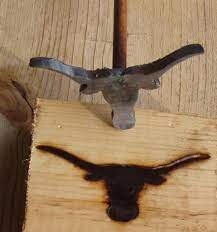Coach Jack Gray 1935-1951
Longhorn Olympians
Billy: You are probably already on it, but former Longhorn Jay Arnette was a member of the original Olympic basketball “Dream Team” In 1960. Jay went on to play both pro basketball and pro baseball before coming back to Austin and becoming an orthodontist. Here is a story from one of his teammates – Oscar Robertson – talking about just how dominate that team was. Steve Ross
https://www.nytimes.com/2010/08/08/sports/olympics/08robertson.html
Information from Wikipedia concerning the Texas Longhorns men’s basketball program follows:
The University of Texas began competition in men’s basketball in 1906.
-
As of 2018, the Longhorns rank 17th in total victories among all NCAA Division I college basketball programs with 33 appearances in the NCAA tournament, 3 visits to the final 4 (1943, 1947, 2002), 7 visits to the Elite 8, and one National Champion recognition from the Premo-Porretta Power Poll in 1933.
-
Texas is second only to Kansas in both all-time wins and all-time win percentage in the Big 12 with 27 conference championships
-
Texas played in two Final Fours and one Elite Eight during the first decade of the NCAA Tournament.
-
Texas has the 4th longest winning streak in college basketball history.
Longhorn History in Tournament Play
1935 Coach Karow 15-9
At 25 years of age, Jack Gray is head coach of the Yearlings
“Recruiting” is on the rise, and tryouts for the team are nearing the end.
The Three-second rule is implemented to reduce congestion under the basket
Tip-off after a made free throw is eliminated.
Basketball became an Olympic sport; Texas was invited to compete in the Olympic trials but lost to Arkansas.
Jack Collins and Jack Taylor are captains
1935 was a better year than expected, with Jack Taylor playing outstanding basketball supported by Taylor, Baxter, Collins, White, and Osborne.
1936- 13-10 Coach Gray
1937 11-11 Record Coach Gray
The Longhorns are in the post-season playoffs but eliminated by Arkansas.
The center jump after each field goal is eliminated. The scores start to climb.
1938 19-6 Coach Jack Gray Makes the ncaa regionals
1933-1935 Jack Gray played basketball for the Horns and from 1937-1942 and after the WWII from 1946-1951 Jack was the Longhorn basketball coach.
1938-1939 19-6 record under Coach Jack Gray
Longhorn Student enrollment was approximately 12,000 students.
Denton Cooley
In the book “Texas Our Texas Remembrances of the University, compiled and edited by Bryan a. Garner, Denton Cooley talks about the great coaching staff at Texas when he played basketball. He says,
The athletic program at the University of Texas was a major attraction for me. Dana Bible had just been appointed the athletic director and head football coach. Replacing Jack Chevigny. Mr. Bible was a remarkable and inspiring person quite the antithesis of his predecessor.
He encouraged the football players to become involved in the campus activities other than athletics and even urged them to improve their scholastic achievements and political and social involvements. Many athletes began to join fraternities and enjoy fellowship outside the football dormitory. It it was indeed a new era.
Theodore Roosevelt Award from the NCAA. The award is presented annually to a prominent American “for whom competitive athletics in college and attention to physical well-being thereafter have been important factors in a distinguished career of national significance and achievement.” Cooley graduated Phi Beta Kappa in 1941 with a B.A. in zoology. He then attended Johns Hopkins Medical School, earning his M.D. in 1944. During his medical career, Cooley pioneered open-heart surgery, performing the first successful heart transplant in the U.S. in 1968 and implanting the first totally artificial heart in a human in 1969.
Denton Cooley plays a major part in the season. His oral history is in the links below.
http://www.cah.utexas.edu/projects/ut_oral_history_cooley1.php
http://www.cah.utexas.edu/projects/ut_oral_history_cooley2.php
The Denton A. Cooley Pavilion facility was built in his name.
SWC Champions – won of Jack Gray’s best teams
First-year for the NCAA basketball tournament
Texas is invited to the first NCAA tournament and loses to the eventual national champion Oregon Ducks.
58,000 attend the SWC tournament
1939 18-5 record under Coach Gray
MOMENT NO. 49
Dec. 26, 1939: Texas defeats the Manhattan Jaspers 54-32 in the school’s first trip to New York and Madison Square Garden. The defeat marked the worst defeat to that point handed to a New York team in the Garden. The game was played in front of 18,000 people, the largest crowd ever to see a Texas basketball game then.
The NCAA Tournament was born in 1939 with an eight-team format. Four from the West and four from the East. Winners in each bracket played in New York for the championship.
1939 team reaches Elite 8
Texas Tech and Texas compete in basketball for the first time
Coach Gray pushs for more inter-sectional rivalry and accepts an invitation to play in Madison Square Garden ; the New York fans love the Texas fast break and are awed with the accuracy of the Texas “one” hand shots.
In the era of the two-hand shot Oran Spears one handed shot perfected by Jerry Gray was a novelty technique of shooting
The first smoking ban was implemented AND enforced at Gregory Gym.
Coach Gray was one of the first Coaches to tally statistics and use the resultant numbers to his advantage.
9000 fans, the largest crowd to date to see a basketball game, saw Rice beat Texas. All-American Moers scored 19 points, but Texas lost 42- 41.
1940 14-10 record under Coach Gray
9000 fans, which was the largest crowd up to this date to see a basketball game, saw Rice beat Texas . All-American Moers had 19 points. Texas lost 42- 41.
Denton Cooley plays a major part in the season. His oral history is below
http://www.cah.utexas.edu/projects/ut_oral_history_cooley1.php
http://www.cah.utexas.edu/projects/ut_oral_history_cooley2.php
1941-1942 Record 14-9 Coach Jack Gray
This team had a lot of trouble, but they managed to beat Arkansas and ruin their chance of an outright SWC championship.
Coach Gray and his assistant Ed Price join the military service for WWII
1942-1945 Coach H.C. “Bully” Gilstrap
1942-1943- 19-7 record Coach H.C. Gilstrap
MOMENT NO. 6
March 26, 1943: Texas beat Washington 59-55 in the NCAA Western Regional in Kansas City. Since the NCAA Tournament used an eight-team field, the win advanced the Longhorns to the National Semifinals (regional final). It marked the Horns’ first of three appearances in what became the Final Four. UT’s season ended with a 58-54 loss to Wyoming on March 28.
SWC Co-Champions
The 1942 Longhorns advanced to the NCAA tournament and beat the Washington Huskies before losing to the ultimate winners of the National Championship – Wyoming Cowboys. John Hargis scored 59 points in two games to set a record that was once established at 43 points.
John Hargis was Texas’ star on the 1943 roster. He came through in the NCAA Tournament, scoring 59 points in the Horns’ two games and a tournament-record 30 points in the first-round contest.
But it was a 17-year-old freshman Roy Cox who helped Texas notch its first tourney win. Cox cut through the Washington defense for a layup that gave Texas a lead it would not relinquish. The Horns won, 59-55, and were one win away from punching their ticket to the tournament final in New York.
Hargis nearly surpassed his own NCAA Tournament scoring record in the West Region but Wyoming won 58-54 and ultimately won the national championship against Georgetown, 46-34.
1943-1944 14-11 Record Coach H.C. Gilstrap
1944-1945 10-10 Record Coach H.C. Gilstrap
They won the first five games but then fell apart as a team. The first game against the Aggies set a conference scoring record of 77 points and then another record of 81 points at the end of the season.
1946- 1951 Coach Gray
The sunrises on Bevo Basketball under Coach Gray
1945 16-7 record Jack Gray returns from WWII
Finished a disappointing 5th in the SWC.
MOMENT NO. 27
Dec. 6, 1945: After three years of Naval duty during World War II, Jack Gray returns to Austin as head coach of the Longhorns. Texas defeats San Antonio YMCA 58-23 in Gray’s first game back at UT. Gray would continue to coach the Longhorns for the next six seasons (1946-1951), leading them to two SWC Championships (1947, 1951) and the highest national finish in school history in 1947 (third place).
Attendance increases
1946- 1947 26-2 record under Coach Gray
One of the best teams in Texas Basketball history, the Horns had the best record in the country going into tournament play.
The mighty Mice – Al Madsen, Slater Martin, and Roy Cox all under 5’11” in height lead the team.
John Hargis plays an important role in the 1942-1943 and 1946-1947 teams.
MOMENT NO. 2
March 25, 1947: The Longhorns defeat City College of New York 54-50 in Madison Square Garden in the NCAA Third-Place Game. This marks the highest national finish in school history. UT’s legendary “Mighty Mice” team, featuring three starters 5-10 or shorter, posts a 26-2 mark, the best record in the country.
Texas 42, Wyoming 40 March 21, 1947 Municipal Auditorium, Kansas City
Hall of Famer Slater Martin helped Texas tear through the Southwest Conference in 1947, as the Longhorns went 24-1 overall and 12-0 in SWC play.
The Longhorns got revenge against Wyoming and, although it took four years, Hargis was there to help. Following the 1942-43 basketball season, Hargis enlisted in the Marines and served for three years before returning to school and the Horns’ hoops roster.
Back on the team, Hargis made up half of a dynamic duo with guard Slater Martin. Both went on to play in the NBA, but Martin made the greater impact at the game’s highest level. In professional ball, Martin played on the NBA championship teams for the Minneapolis Lakers (1950 thru 1954) and St. Louis Hawks (1958). Martin entered the Naismith Memorial Basketball Hall of Fame in 1982.
Slater Martin painting compliments of Carolyn Craven
Attached is the picture that I told you about. This painting was done when his number was returned in the Erwin Center. I am told there are not many copies. My Daughter has a copy also. Our family was very close to Slater’s family , and we had a lot of family get togethers.
With Hargis and Martin leading the way, the Horns tore through the SWC in 1947, winning all 12 of their league games and compiling a 24-1 record during the regular season.
In the playoffs,Texas got revenge against Wyoming winning 42-40, but lost a heart breaker to Oklahoma. Oklahoma prevailed on a jump shot in the waning seconds of the game. The Sooners’ won 55-54. The game was characterized as “one of the fiercest cage battles ever witnessed in a regional playoff “ by the AP’s Kansas City bureau.
Slater Nelson “Dugie” Martin Jr. sets a scoring record in 1949 with 49 points in a game against TCU. Martin is inducted into the Naismith Memorial Basketball Hall of Fame on May 3, 1982 . He is the only Longhorn to be so honored. His jersey number 15 is retired by the University of Texas on January 31, 2009, making him the second Longhorn basketball player to have his number retired. He is also the first Longhorn to play in the NBA.
The 1947 UT basketball team in their Gregory Gym locker room after defeating Arkansas for the SWC championship. From the left, Tom Hamilton, John Hargis, Al Madsen (back), Slater Martin, coach Jack Gray (front), Roy Cox, Dan Wagner, and John Langdon.
1947-1948
20-5 record Coach Gray NIT quarterfinals
NIT Invitation but lost to NYU in the last second. Team led the nation in free throw shooting with a .730 average. (351 of 481 shots)
Front- Martin, Hamilton, Langdon, Zomlefer, Madsen, White
Back- Huffman, Zastaupil, George, Green, Clark, Gray
Front- Martin, Hamilton, Langdon, Zomlefer, Madsen, White
Back- Huffman, Zastaupil, George, Green, Clark, Gray
1948 17-7 record Coach Gray
Recruiting athletes instead of selecting athletes after tryouts has a profound impact on college sports. This is one of the first years that there is a competitive struggle between universities for the “services” of a high school athlete.
Gray thinks recruiting is a disgusting degrading process, and it is one of the major reasons he quits in 1951.
Point shaving becomes a problem, particularly in the North East.
The team played very poorly and then played sensationally but ended in 4th in the SWC. Slater set a new conference scoring record. Al Madsen represented the team spirit.
MOMENT NO. 11
Feb. 26, 1949: Slater Martin sets the UT single-game scoring record with 49 points in an 81-60 victory against TCU in Gregory Gym. Martin converts 21 field goals and seven free throws en route to his point total.
Front row- Martin, White, George, Hamilton, Madsen
Back- Row – Card (manager) Womack, Taylor and Kelley, Ingram, Gray, and Medina
1949 13-11 record Coach Jack Gray
Slater Martin scores 49 points against TCU.
MOMENT NO. 77
Feb. 22, 1949: Texas enters the Associated Press Poll for the first time at No. 20.
MOMENT NO. 66
Jan. 14 and Feb 28, 1950: Texas defeats A&M 48-46 on a Joe Ed Falk shot at the buzzer at Gregory Gym. Later that year in the season finale at College Station, Bill Huffman’s lay-up and a Frank Womack free throw gave Texas another last-second victory (53-52) over the Aggies.
Tommy Hamilton played basketball and became the first player in Texas history to score 1000 points in his career. Entered the Longhorn hall of honor in 1971 for his Superior play in basketball and baseball.
Texas and Baylor had their 100th meeting. it is the oldest college Basketball state rivalry.
1950 – 1951 Record 13-14 Record Coach Gray
Leon Black and George Scaling led the team. Coach Gray said that both players played so hard he felt they would faint. Both players helped the Horns to an SWC Co-Championship.
Front- Falk, Dowies, Womack, Scaling, Klein, Price
Back- Cullom, Viramontes, Cobb, Morgan, Black, Hughes, Gray
